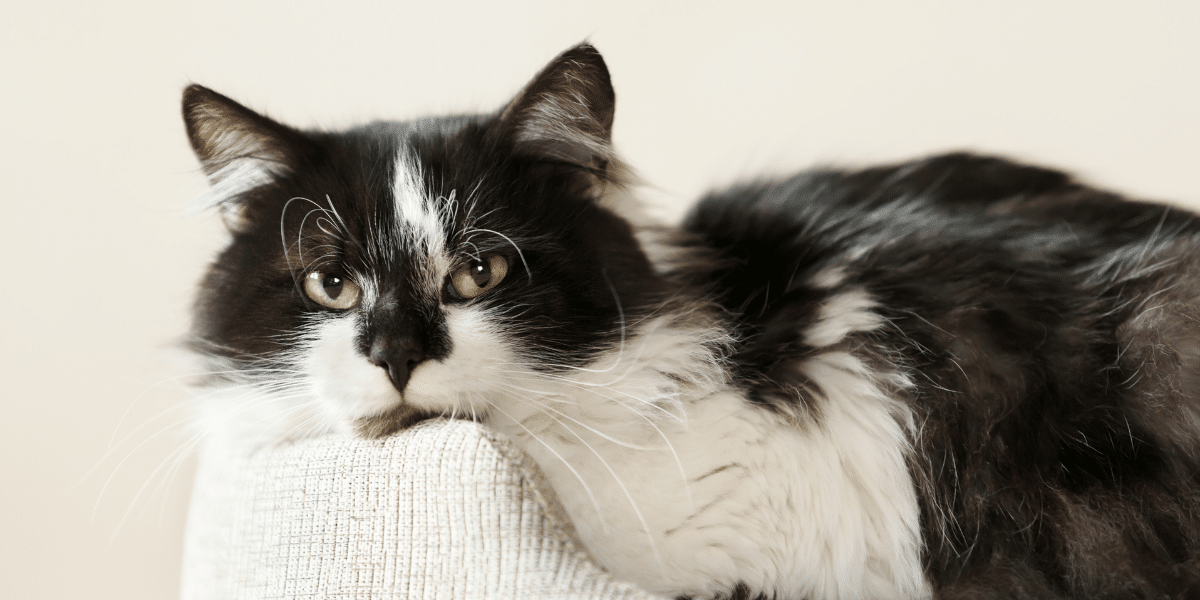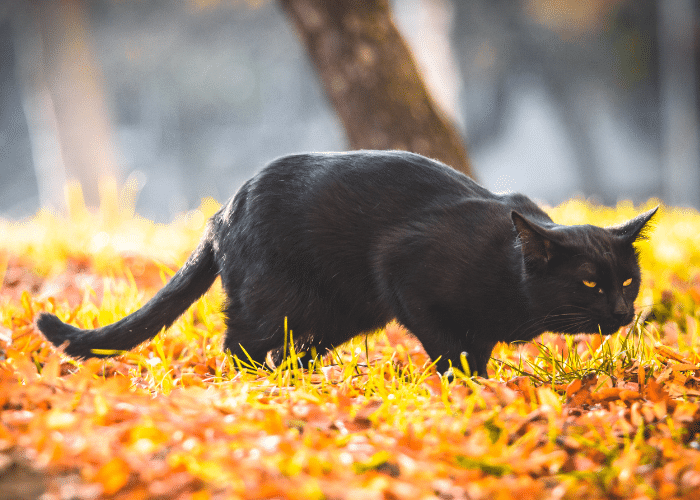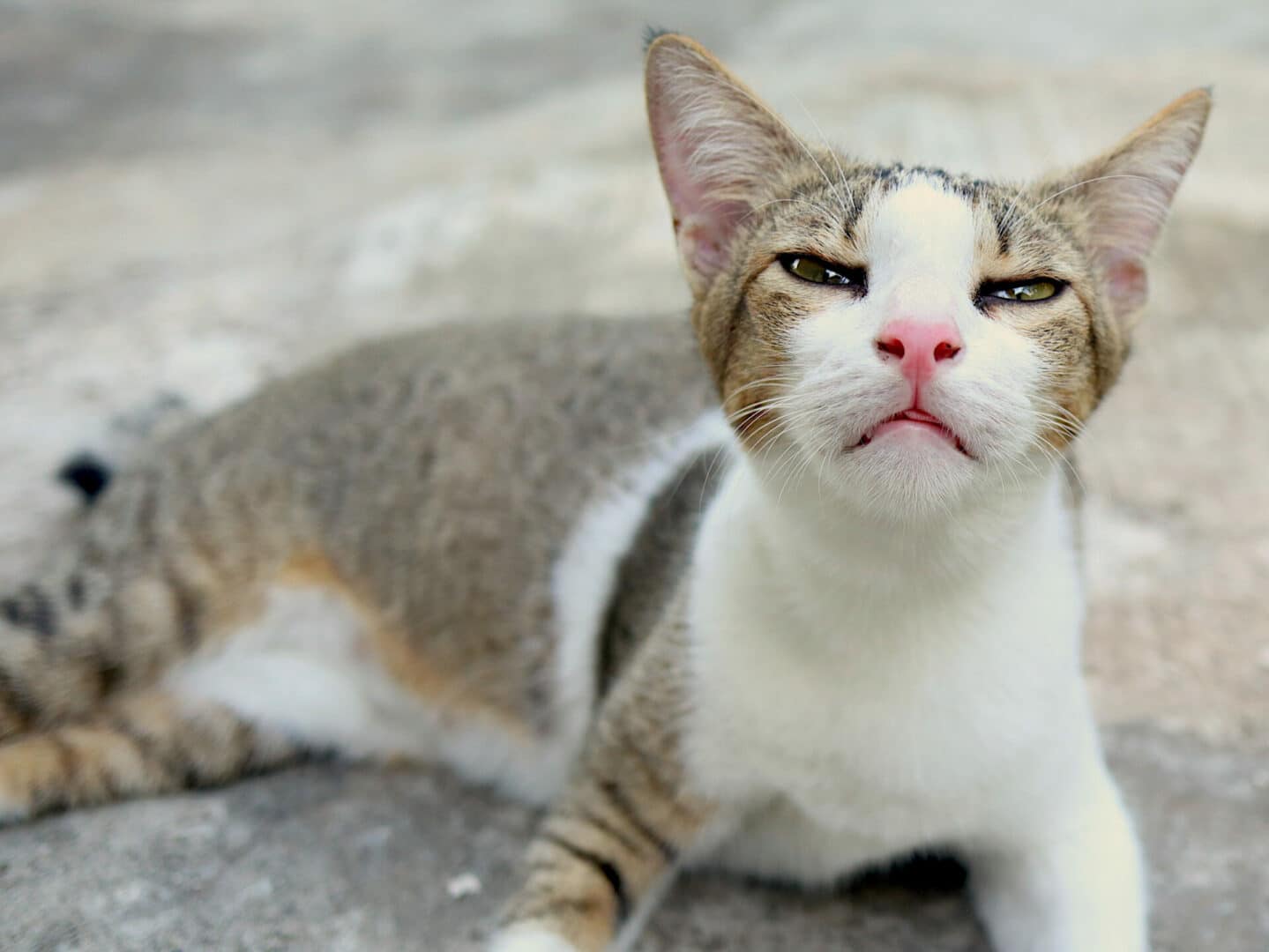What is Chronic Obstructive Pulmonary Disease (COPD) in Cats?
Chronic Obstructive Pulmonary Disease (COPD) in cats, also referred to as feline chronic bronchitis, is a progressive respiratory disorder that affects the lower airways. This condition involves prolonged inflammation of the bronchi, leading to excessive mucus production and difficulty in breathing. While there is no cure for COPD, symptoms can be managed to improve a cat’s quality of life.
Causes of COPD in Cats
The exact cause of COPD in cats is still under investigation, but veterinarians believe it shares similarities with the condition in humans. Common triggers include:
- Environmental Irritants: Exposure to cigarette smoke, air pollution, household chemicals, and strong fragrances can worsen inflammation in the bronchi.
- Allergens: Dust, mold, pollen, and dander are known to aggravate respiratory conditions in cats.
- Infections: Respiratory infections, particularly those of bacterial or viral origin, can contribute to long-term lung damage.
- Dental Disease: Poor oral health can lead to bacterial infections that travel to the lungs, exacerbating respiratory issues.
Symptoms of COPD in Cats
Cats suffering from COPD exhibit a range of respiratory symptoms. Recognizing these early can help in managing the disease effectively:
- Chronic Coughing: A dry, hacking cough that may be followed by gagging.
- Wheezing and Labored Breathing: Affected cats may breathe with difficulty, producing wheezing sounds.
- Exercise Intolerance: A cat with COPD may tire easily and avoid physical activity.
- Blue-Tinged Gums (Cyanosis): A lack of oxygen can cause a bluish tinge in the mucous membranes, signaling an emergency.
Diagnosing COPD in Cats
If your cat displays symptoms of COPD, it’s crucial to take them to a veterinarian for diagnosis. The vet may perform the following tests:
- Physical Examination: Listening to the lungs for unusual sounds, such as crackling or wheezing.
- X-Rays: A chest X-ray can help identify bronchial inflammation and rule out conditions like pneumonia or heart disease.
- Blood Tests: These assess white blood cell levels to determine if an infection is present.
Managing and Treating COPD in Cats
While there is no cure for COPD, various treatments can help alleviate symptoms and prevent complications:
- Bronchodilators: These medications help open the airways, making breathing easier for the cat.
- Corticosteroids: Used to reduce inflammation in the lungs, though long-term use may have side effects.
- Antibiotics: If a bacterial infection is identified, antibiotics may be prescribed.
- Oxygen Therapy: In severe cases, supplemental oxygen may be required to maintain adequate oxygen levels.
- Environmental Modifications: Eliminating irritants like smoke, strong odors, and dust can significantly improve your cat’s respiratory health.
Preventing COPD in Cats
Prevention plays a key role in protecting your cat from developing COPD. Some preventative measures include:
- Maintaining Good Air Quality: Use air purifiers to minimize airborne allergens and pollutants.
- Avoiding Smoke and Chemicals: Never smoke near your cat, and be mindful of household cleaning products or strong perfumes.
- Regular Veterinary Check-Ups: Early detection of respiratory infections or other health issues can prevent complications.
- Dental Hygiene: Keeping your cat’s teeth clean helps reduce bacteria that might trigger respiratory infections.
COPD in cats is a serious condition that requires ongoing monitoring and treatment. By recognizing symptoms early and working closely with your veterinarian, you can ensure your cat leads a comfortable life despite their condition.









Facebook Comments